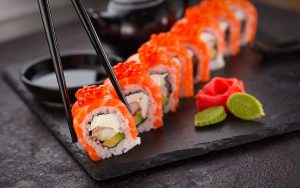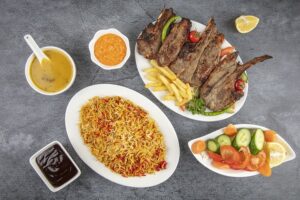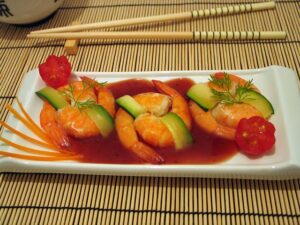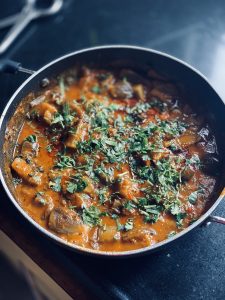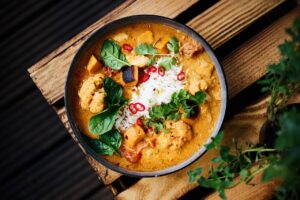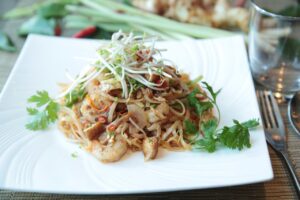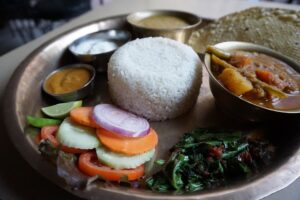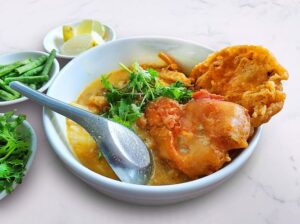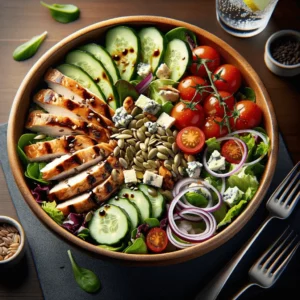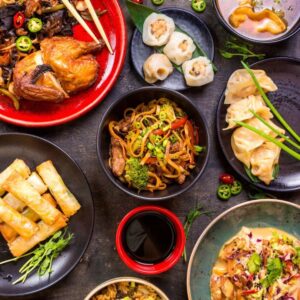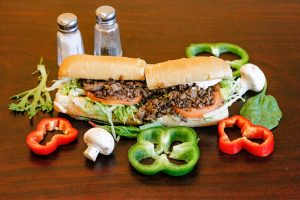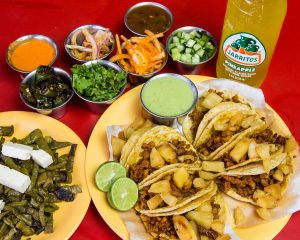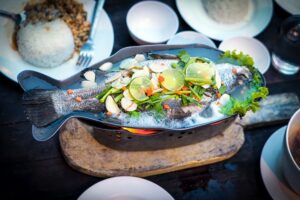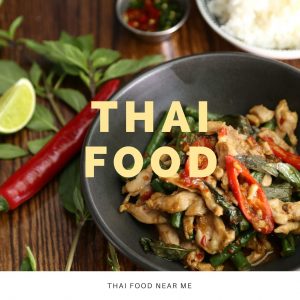Island Flavors and Fragrances: Taiwanese Restaurants
Taiwan, an island nation off the southeastern coast of China, is a culinary gem that seamlessly blends indigenous traditions with a myriad of external influences, from Chinese to Japanese and even Dutch. Taiwanese restaurants, whether they’re traditional eateries in the winding streets of Taipei or trendy spots in international metropolises, serve as culinary ambassadors, introducing the world to the vibrant and diverse flavors of Taiwan.
Harmony of Land and Sea
Fertile Plains and Coastal Delights
Taiwan’s geographic diversity, encompassing fertile plains and extensive coastlines, has given rise to a cuisine that celebrates both the bounty of the land and the richness of the sea. The island’s subtropical climate also plays a role, ensuring a plethora of fresh ingredients throughout the year.
A Melting Pot of Culinary Traditions
While deeply rooted in Chinese culinary traditions, especially those of Fujian province, Taiwanese cuisine has absorbed and adapted various culinary practices from its historical interactions, yielding a unique gastronomic tapestry.
Dishes that Define Taiwanese Cuisine
Beef Noodle Soup
Often considered the national dish of Taiwan, this hearty soup features tender braised beef, chewy noodles, and a rich broth, often spiced with star anise and Sichuan peppercorns.
Bubble Tea (Boba)
Originating from Taichung in Taiwan, this popular drink combines tea, milk, and sugar with chewy tapioca pearls. Its global popularity is a testament to Taiwan’s innovative spirit.
Oyster Omelette
A delightful mix of plump oysters, eggs, and a starchy batter, this dish showcases Taiwan’s coastal bounty. It’s often accompanied by a savory-sweet sauce, adding depth to each bite.
Street Food and Night Markets
Stinky Tofu
A staple in Taiwanese night markets, stinky tofu, despite its pungent aroma, boasts a crispy exterior and a soft interior, making it a must-try for the adventurous palate.
Guabao (Pork Belly Bun)
Often dubbed the Taiwanese hamburger, this consists of a soft, fluffy bun filled with braised pork belly, pickled vegetables, and powdered peanuts, creating a symphony of flavors and textures.
Conclusion
Taiwanese restaurants serve as portals to the rich and intricate tapestry of Taiwan’s history, culture, and environment. Every dish, every aroma carries with it stories of the island’s indigenous tribes, its storied past, and its relentless innovation. From savoring a comforting bowl of beef noodle soup to sipping on the iconic bubble tea, a visit to a Taiwanese restaurant is an invitation to a journey of flavors, from the mountainous terrains of the island to its bustling night markets.
FAQs
1. Is Taiwanese cuisine similar to Chinese cuisine?
While Taiwanese cuisine shares many similarities with Chinese, especially Fujianese cuisine, it also incorporates unique local ingredients and influences from other cultures, giving it a distinct identity.
2. How prevalent is seafood in Taiwanese dishes?
Given its island status, seafood plays a significant role in Taiwanese cuisine, from oyster omelettes to various fish-based soups and dishes.
3. Are there vegetarian options in Taiwanese cuisine?
Yes, influenced partly by Buddhist traditions, there’s a wealth of vegetarian dishes in Taiwanese cuisine, ranging from tofu-based dishes to vegetable stir-fries.
4. What makes Taiwanese desserts unique?
Taiwanese desserts often incorporate local ingredients like taro, sweet potatoes, and tropical fruits, and may also feature textures like chewy tapioca pearls or jellies.
5. Are Taiwanese restaurants typically spicy?
While some dishes can be spicy, Taiwanese cuisine as a whole is more about balance and harmony, emphasizing the natural flavors of ingredients.



